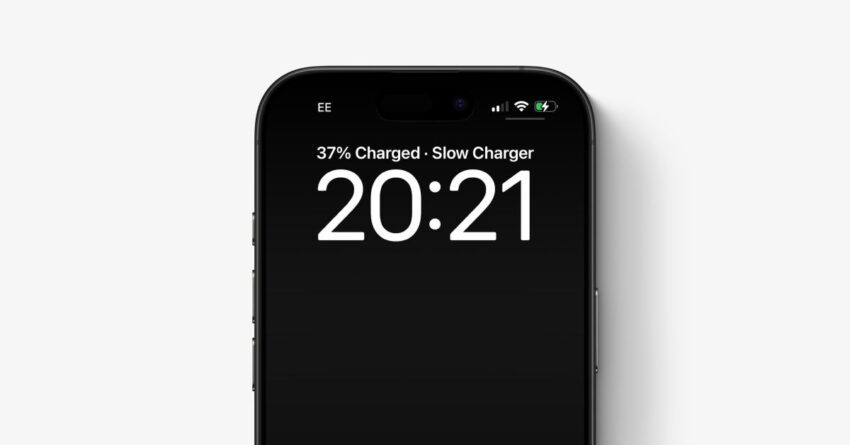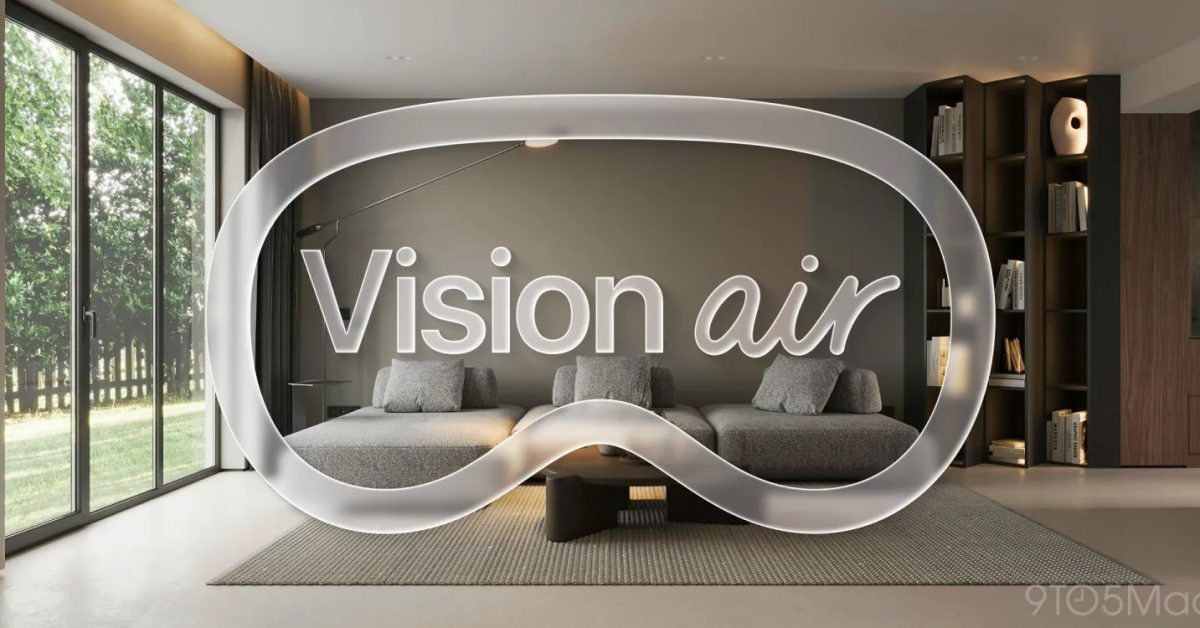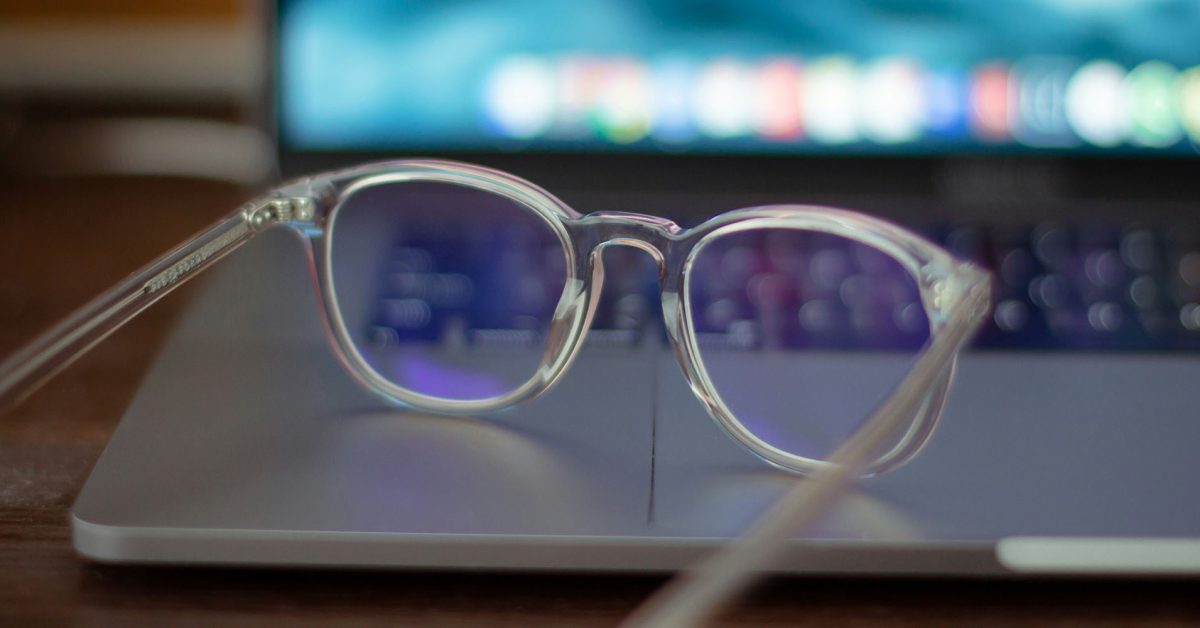
iphone says slow charger what does it iPhone users may encounter a new notification stating “Slow Charger” when using certain charging accessories, indicating a potential issue with charging speed.
iphone says slow charger what does it
Understanding the “Slow Charger” Notification
With the release of iOS 26, Apple has introduced a feature that displays the estimated time remaining to charge an iPhone to 80% on the lock screen. This enhancement aims to provide users with a clearer understanding of their device’s charging status. However, if your iPhone displays the message “Slow Charger,” it signifies that the device is not receiving optimal charging power.
What Causes the “Slow Charger” Message?
The “Slow Charger” notification typically appears when the iPhone detects that the charging accessory being used is underpowered. This can occur for several reasons:
- Underpowered Power Brick: If the power adapter you are using has a lower wattage rating than recommended, it may not supply sufficient power for fast charging.
- Older or Incompatible Cables: Using outdated or non-certified cables can also lead to slower charging speeds. Apple recommends using USB-C cables that meet their specifications.
- Charging Port Issues: Dust or debris in the charging port can impede the connection, resulting in slower charging.
- Device Settings: Certain settings on your iPhone may limit charging speed, particularly if Low Power Mode is enabled.
Recommended Solutions for Faster Charging
If you find yourself facing the “Slow Charger” message, there are several steps you can take to resolve the issue and enhance your charging experience.
1. Upgrade Your Power Adapter
To achieve fast charging capabilities, it is essential to use a power adapter that is rated for at least 30 watts. Apple’s 30W USB-C Power Adapter is a suitable option, but there are also third-party alternatives that meet the necessary specifications. When selecting a power adapter, ensure that it supports USB Power Delivery (USB-PD) for optimal performance.
2. Use a Compatible USB-C Cable
In addition to a suitable power adapter, using a high-quality USB-C cable is crucial for fast charging. Apple recommends using their own USB-C to Lightning cable, which is designed to work seamlessly with iPhones. If you choose to use a third-party cable, ensure that it is certified and meets USB-C specifications to avoid compatibility issues.
3. Inspect the Charging Port
Regularly check the charging port on your iPhone for dust, lint, or debris that could obstruct the connection. A clean port ensures a better connection with the charging cable. To clean the port, use a soft, dry brush or a can of compressed air, taking care not to damage the internal components.
4. Review Device Settings
Sometimes, the settings on your iPhone can affect charging speed. If Low Power Mode is enabled, it may limit background activity and slow down charging. To check this:
- Open the Settings app.
- Select Battery.
- Toggle off Low Power Mode if it is enabled.
5. Restart Your iPhone
If you continue to experience charging issues, a simple restart of your iPhone may resolve the problem. Restarting can clear temporary glitches that might be affecting the charging process.
Implications of Slow Charging
Understanding the implications of slow charging is essential for iPhone users. While it may seem like a minor inconvenience, prolonged use of underpowered chargers can have several effects:
- Battery Health: Consistently using low-quality or underpowered chargers can lead to battery wear over time, potentially reducing the overall lifespan of your device’s battery.
- Inconvenience: Slow charging can be particularly frustrating for users who rely on their devices throughout the day. A slower charge means longer wait times, which can disrupt daily activities.
- Performance Issues: In some cases, charging issues can lead to performance problems, including unexpected shutdowns or slower device responsiveness.
Stakeholder Reactions
The introduction of the “Slow Charger” notification has garnered mixed reactions from users and industry experts alike. Some users appreciate the transparency regarding charging speeds, while others express frustration over the necessity of purchasing new accessories to optimize their charging experience.
User Feedback
Many iPhone users have taken to social media and forums to share their experiences with the “Slow Charger” notification. While some find it helpful, others feel that Apple should provide clearer guidelines on compatible accessories. Users have reported varying experiences with third-party chargers, with some working effectively while others do not.
Industry Expert Opinions
Industry experts have weighed in on the implications of the “Slow Charger” notification. Some argue that it encourages users to invest in higher-quality accessories, which can enhance their overall experience with the device. Others caution that the reliance on specific accessories may limit consumer choice and create additional costs for users.
Conclusion
The “Slow Charger” notification on iPhones running iOS 26 serves as a reminder for users to assess their charging accessories. By upgrading to a compatible power adapter and using a certified USB-C cable, users can significantly improve their charging experience. Additionally, maintaining the charging port and reviewing device settings can further enhance charging efficiency.
As technology continues to evolve, understanding the implications of charging practices becomes increasingly important. By staying informed and proactive, iPhone users can ensure that their devices remain in optimal condition and avoid the frustrations associated with slow charging.
Source: Original report
Was this helpful?
Last Modified: October 2, 2025 at 5:39 pm
0 views















